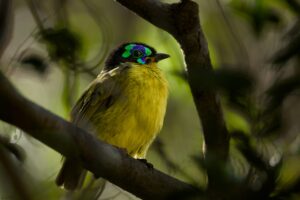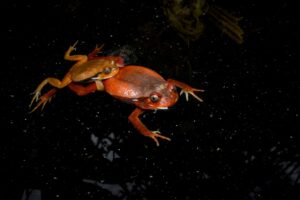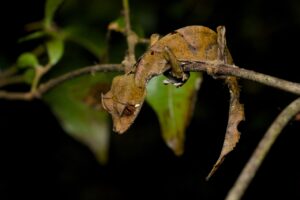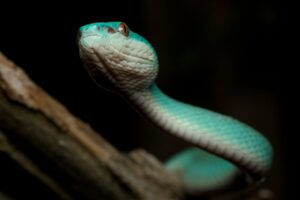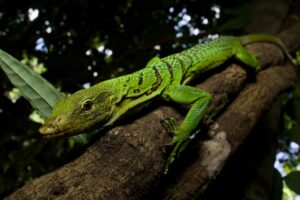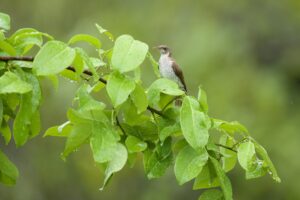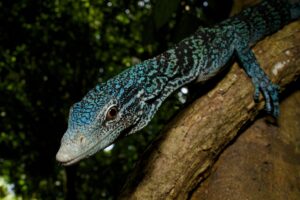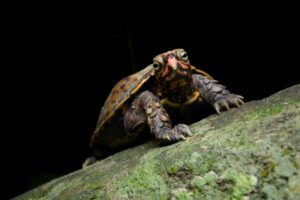This report highlights the reptile and amphibian species observed during a two-week herping expedition across Iran. Covering nearly 7,000 kilometers and driving up to 10 hours a day through diverse landscapes—from arid deserts to humid forests—this journey revealed the extraordinary biodiversity Iran has to offer. Immense gratitude goes to my travel partner who handled the long-distance driving across this vast terrain.
① Isfahan Region
Located approximately eight hours by car from Tehran, this region features classic desert terrain: soft sand, sparse shrubs, and scorching temperatures. Upon arrival, the thermometer read over 45°C. Despite the extreme environment, a wide range of species were observed.
- Brilliant Ground Agama (Trapelus agilis)
A female was seen foraging in the shade of a small shrub. A male was photographed later in South Khorasan.
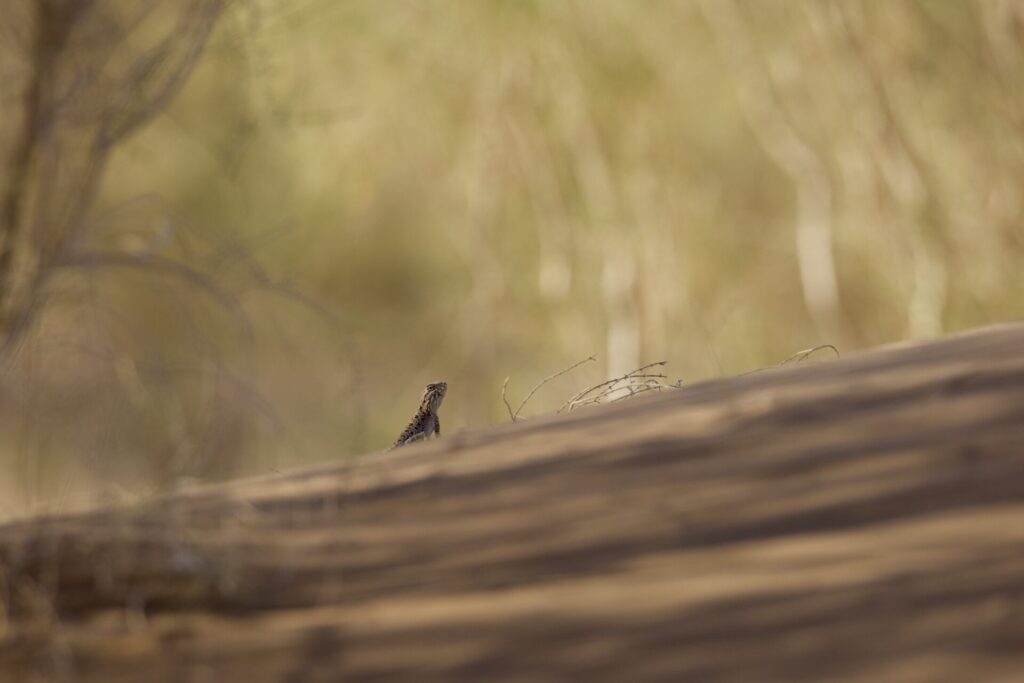
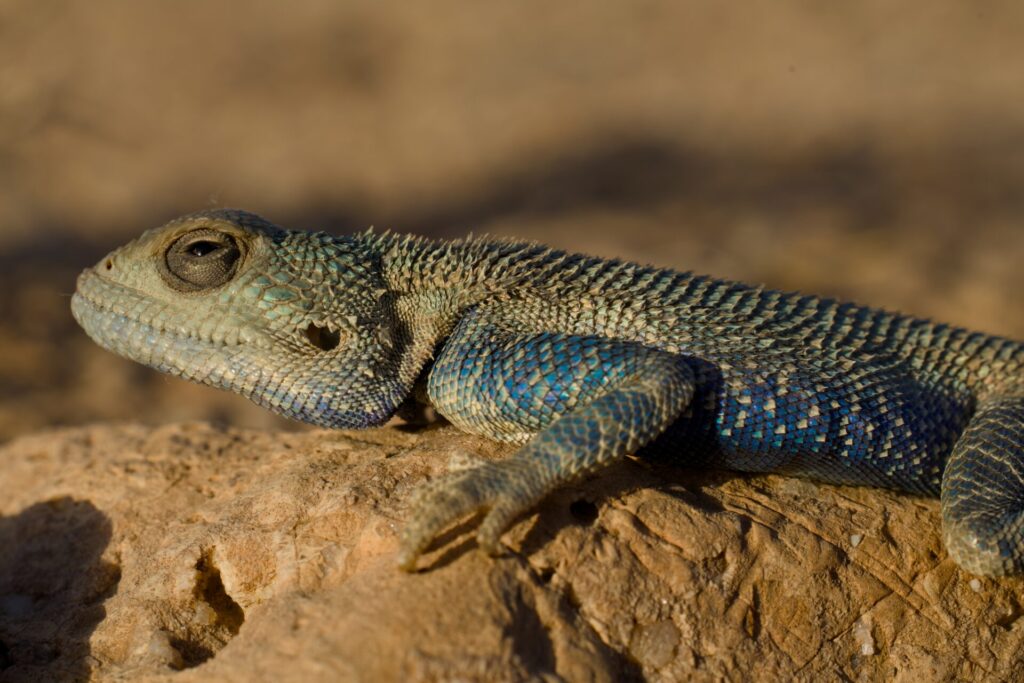
- Blacktail Toadhead Agama (Phrynocephalus maculatus)
Known for its toad-like face and distinctive burrowing behavior. Rather than digging forward, it vibrates in place to sink into the sand.
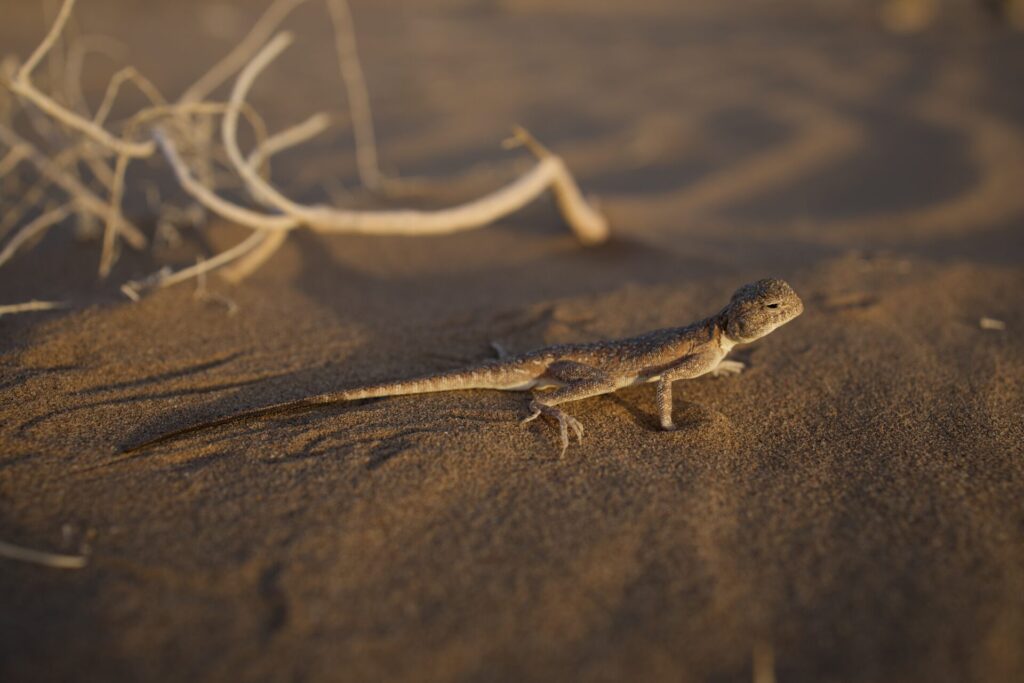
- Persian Wonder Gecko (Teratoscincus keyserlingii)
Located by eye-shine during night surveys. Its large, plate-like scales and expressive face emerging from the dunes were unforgettable.
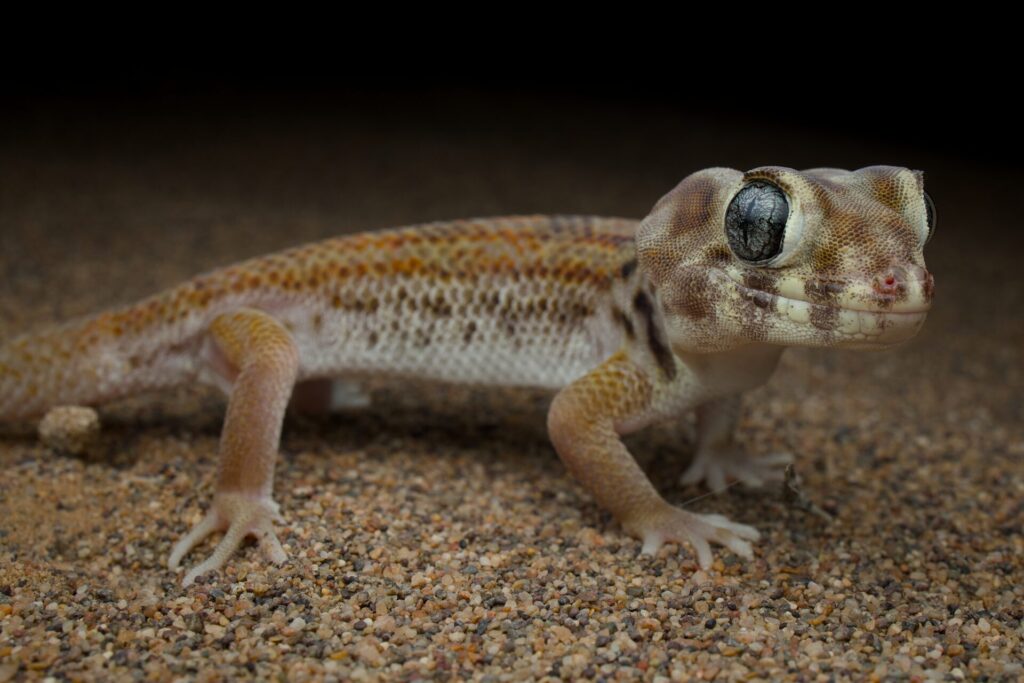
② South Khorasan Region
Situated in eastern Iran, this area was a target location to search for wild leopard geckos. Several other notable species were also found.
- Persian Spider Gecko (Agamura persica)
Though typically nocturnal, this individual was active during the late afternoon. Its exceptionally long limbs gave it a strange, almost alien appearance.
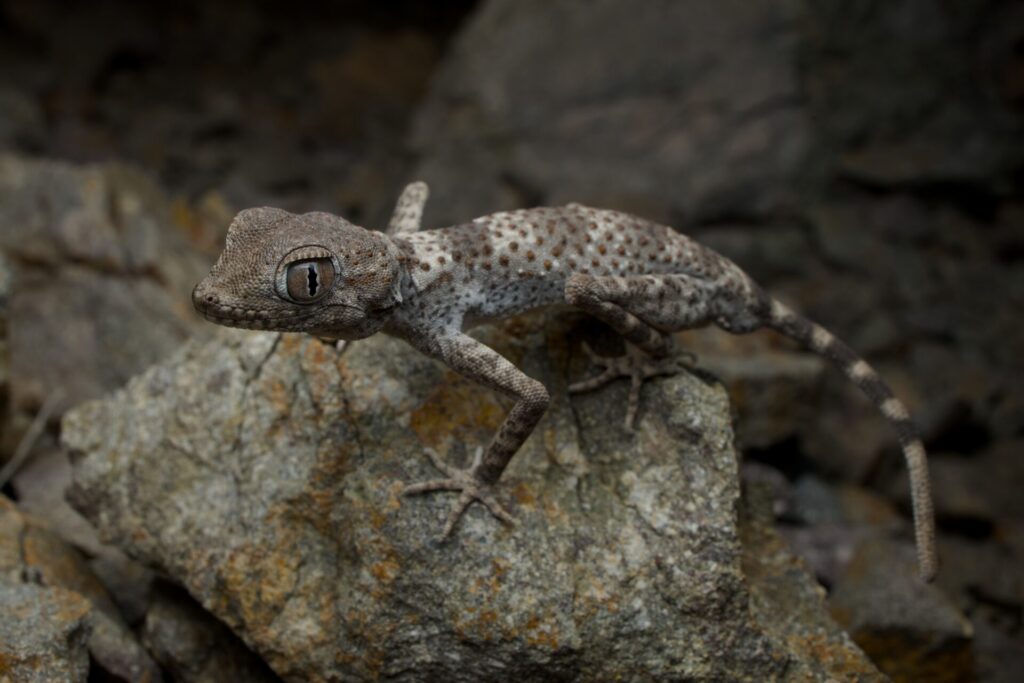
- Sindh Thread Snake (Myriopholis blanfordi)
Found under a knee-high shrub. Despite its earthworm-like appearance, it is a true snake—with scales, vestigial eyes, and a forked tongue.
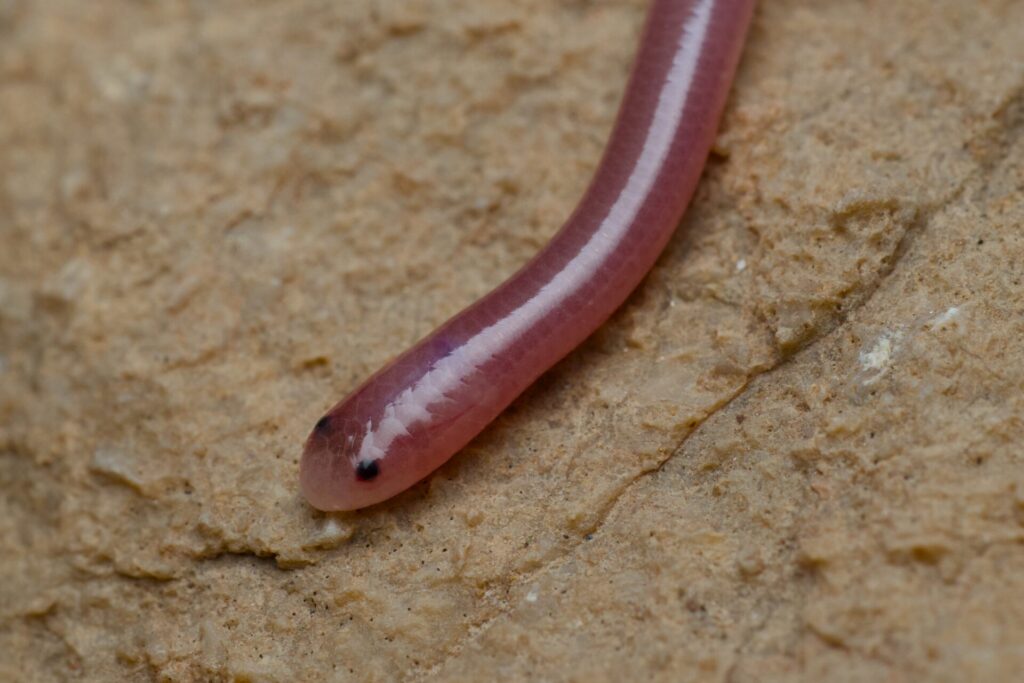
- Royal Snake (Spalerosophis diadema)
Widespread in Middle Eastern deserts. Exhibits highly variable coloration depending on locality. Multiple morphs were photographed across trips.
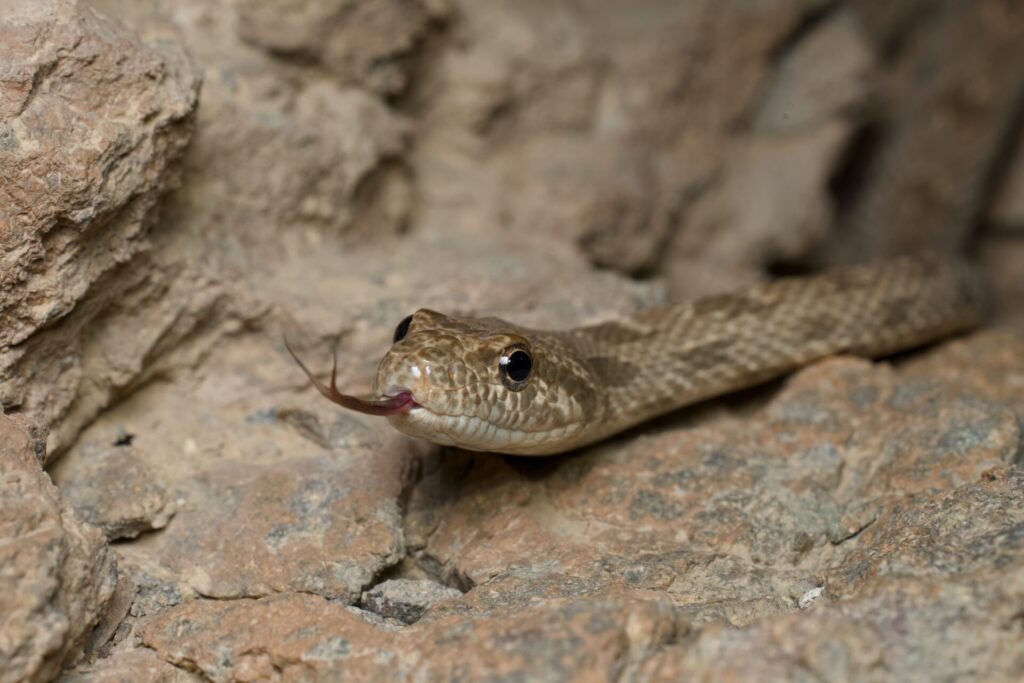
- Derafshi Snake (Lytorhynchus ridgewayi)
A desert-adapted snake with a specialized wedge-shaped snout. It preys on reptiles and possibly wild leopard geckos.
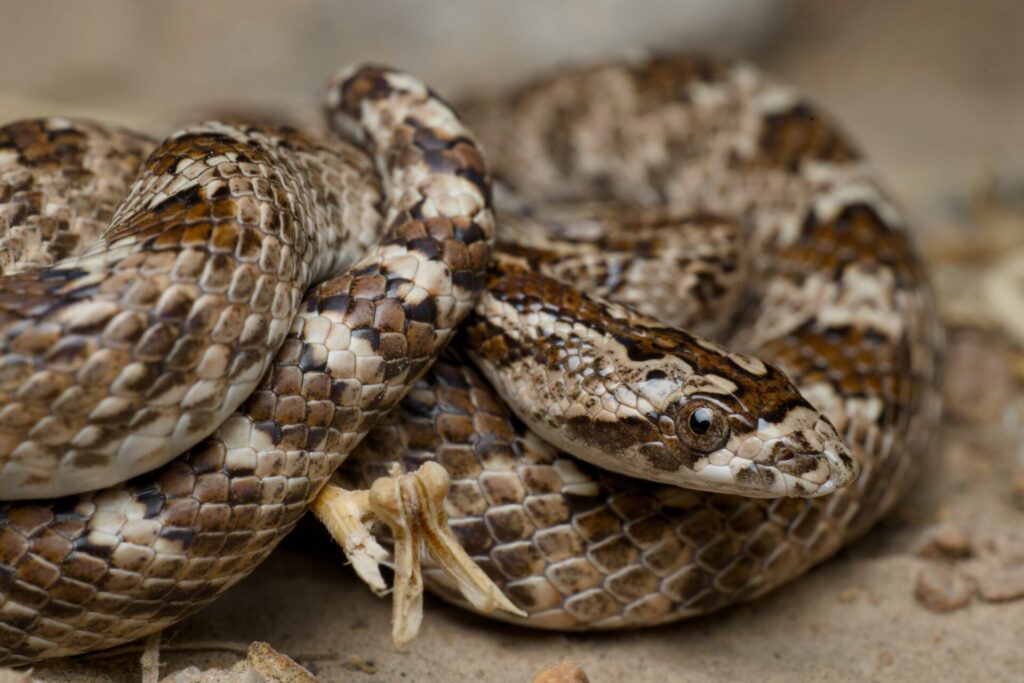
- Dwarf Snake (Eirenis medus)
A small, fast-moving species found among rocks. Despite its size, it endures the desert heat remarkably well.
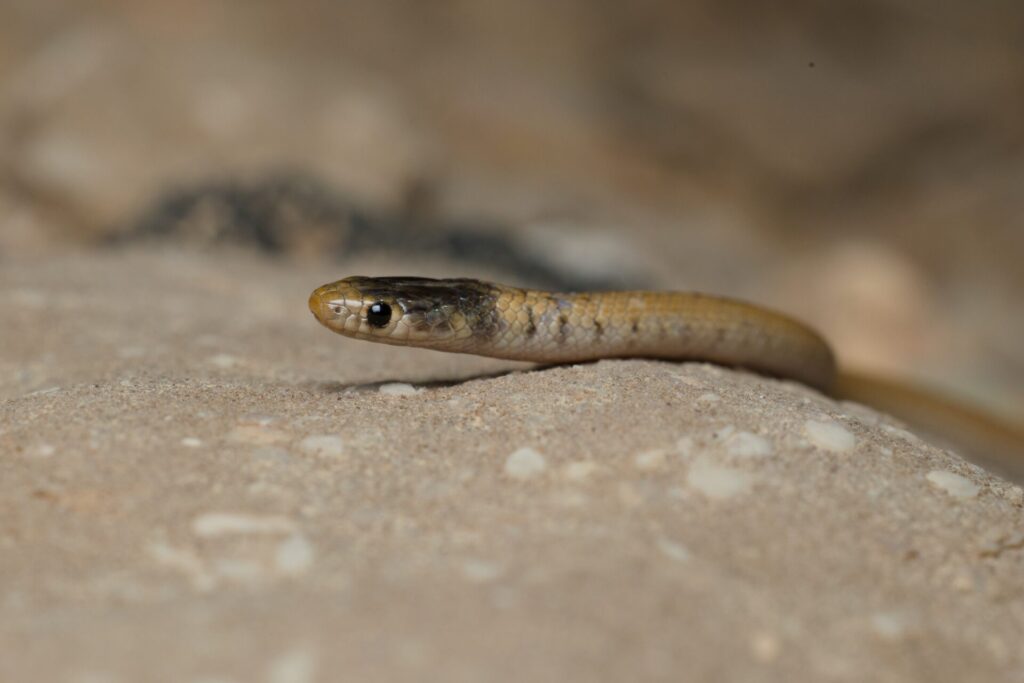
③ North Khorasan Region
Bordering Turkmenistan, this area features a much cooler and wetter climate. Temperatures ranged from 18°C to 30°C, with humidity exceeding 50%. The landscape was overcast and rocky—a stark contrast to the southern deserts.
- Khorasan Agama (Paralaudakia erythrogaster)
Observed basking on roadside rocks. The female quickly hid, while the male displayed territorial behavior, possibly mobbing in defense.
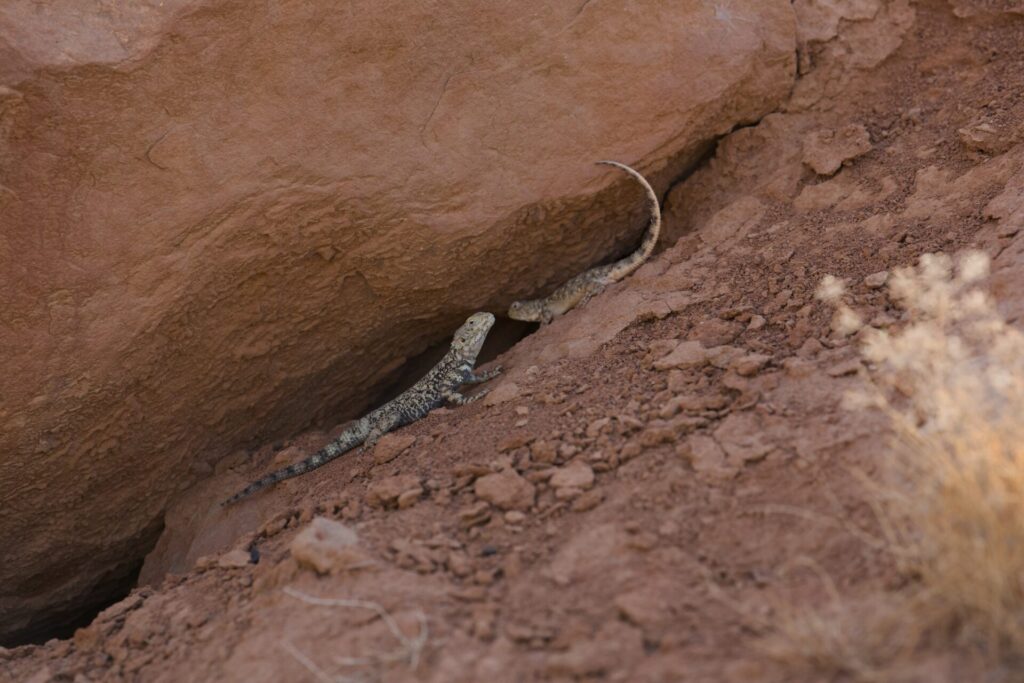
- Persian Bent-Toed Gecko (Cyrtopodion persepolense)
Two individuals were encountered, one heavily infested with ticks—highlighting the pressures of life in the wild.
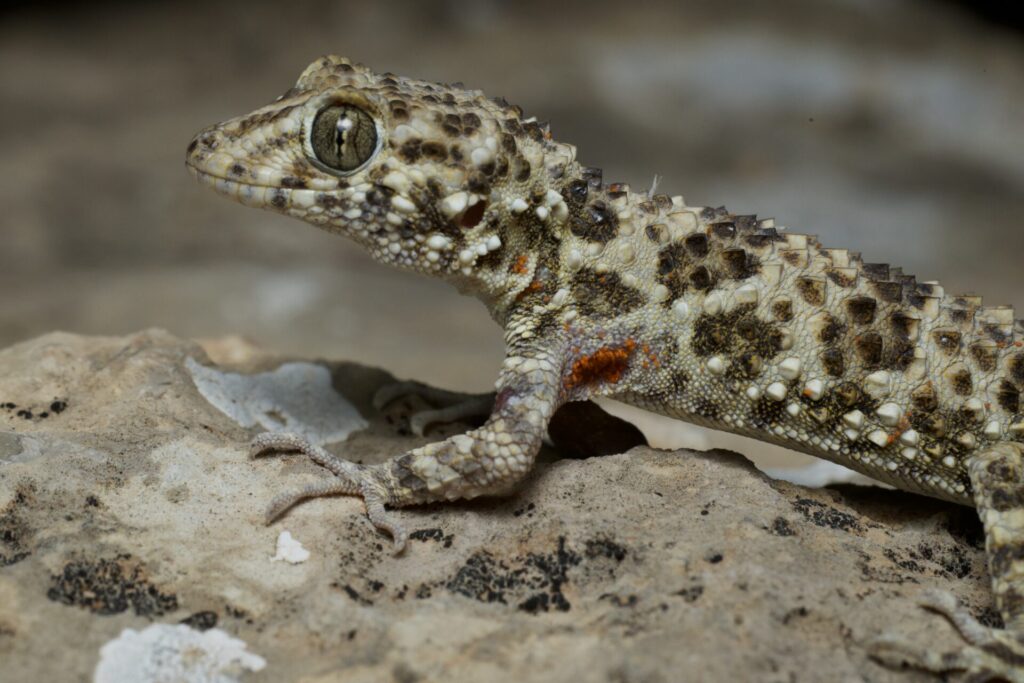
- Kopet Dagh Bent-Toed Gecko (Mediodactylus spinicaudus)
A slightly chubby gecko—its round body is part of its charm. I noticed it when it suddenly dashed across the desert under the beam of our headlights.
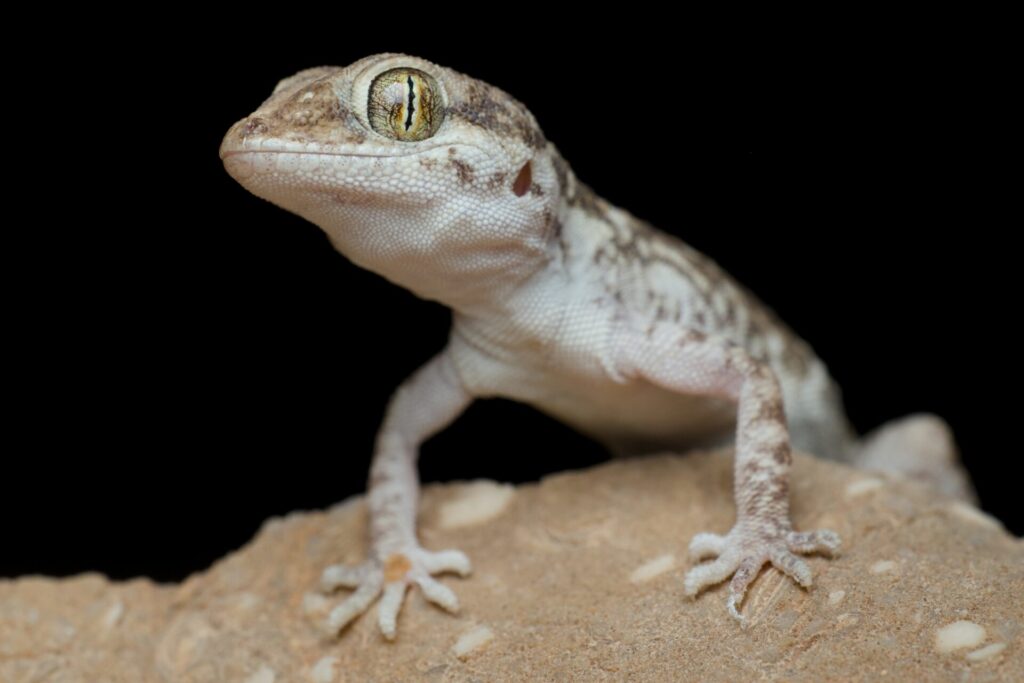
- Eurasian Blind Snake (Typhlops vermicularis)
Reached around 35 cm, making it relatively large for a blind snake. Some African species in this family grow to nearly 1 meter.
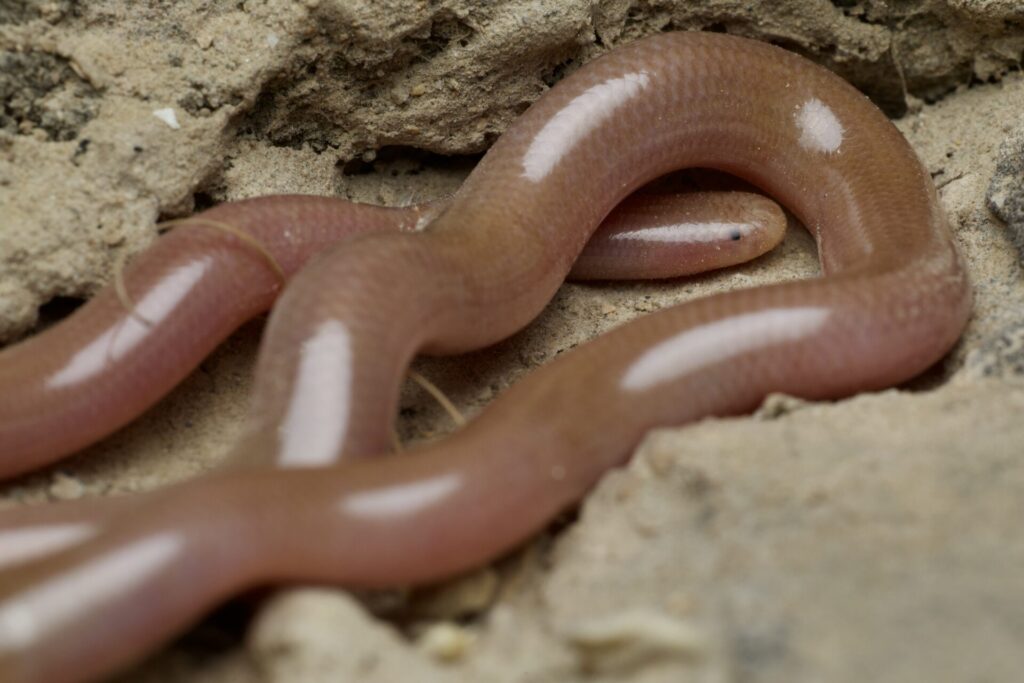
- Baluch Rock Gecko (Bunopus tuberculatus)
Identified by its spiny tail. Considered rare and localized; finding this species during transit was exceptionally fortunate.
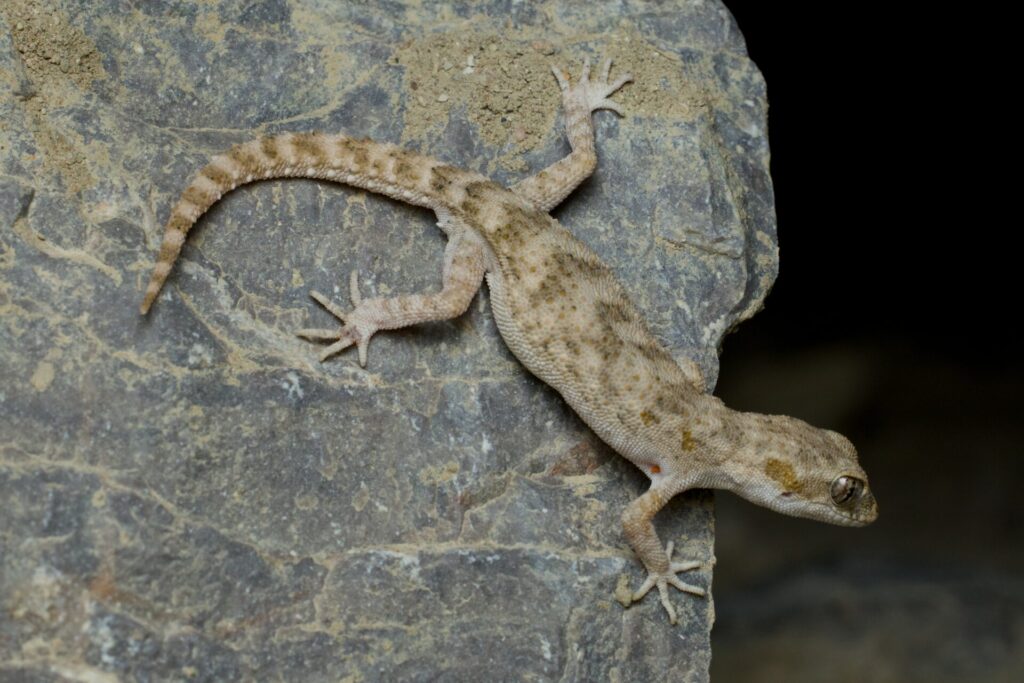
- Caucasian Agama (Paralaudakia caucasia)
A medium-sized lizard (~19 cm) with attractive dorsal patterns and rapid escape responses.
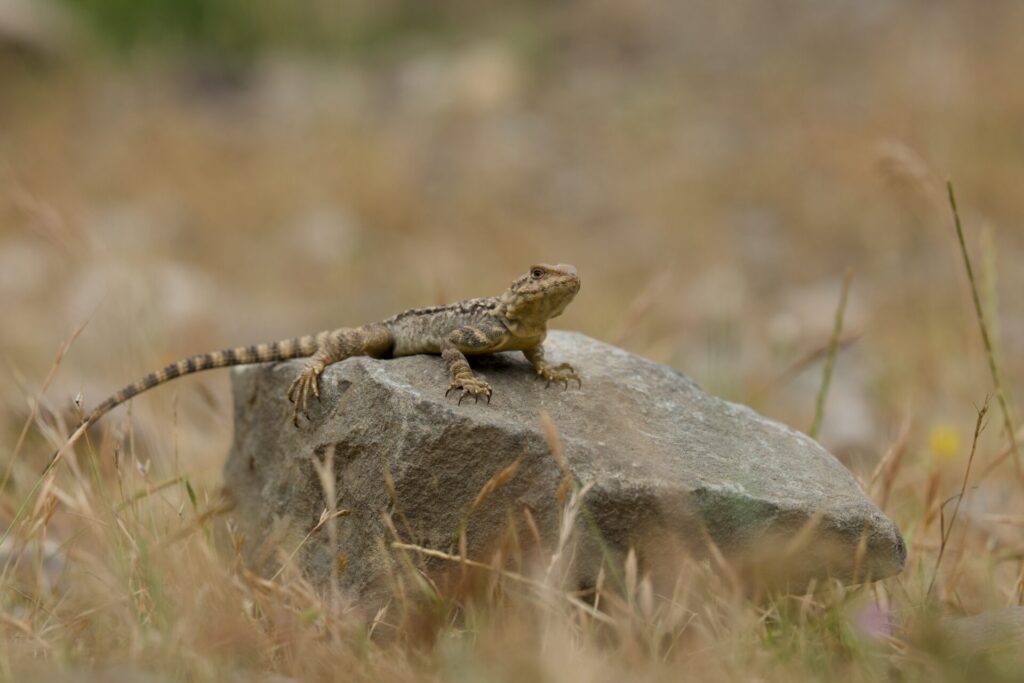
④ Golestan Region
Home to the Hyrcanian Forests (a UNESCO World Heritage Site), this northeastern region contrasts sharply with Iran’s deserts. Wetlands and forests dominate the landscape, revealing another side of the country’s natural beauty.
- Hyrcanian Wood Frog (Rana pseudodalmatina)
Endemic to the Hyrcanian region. Found leaping through dry leaf litter in mixed deciduous forests.
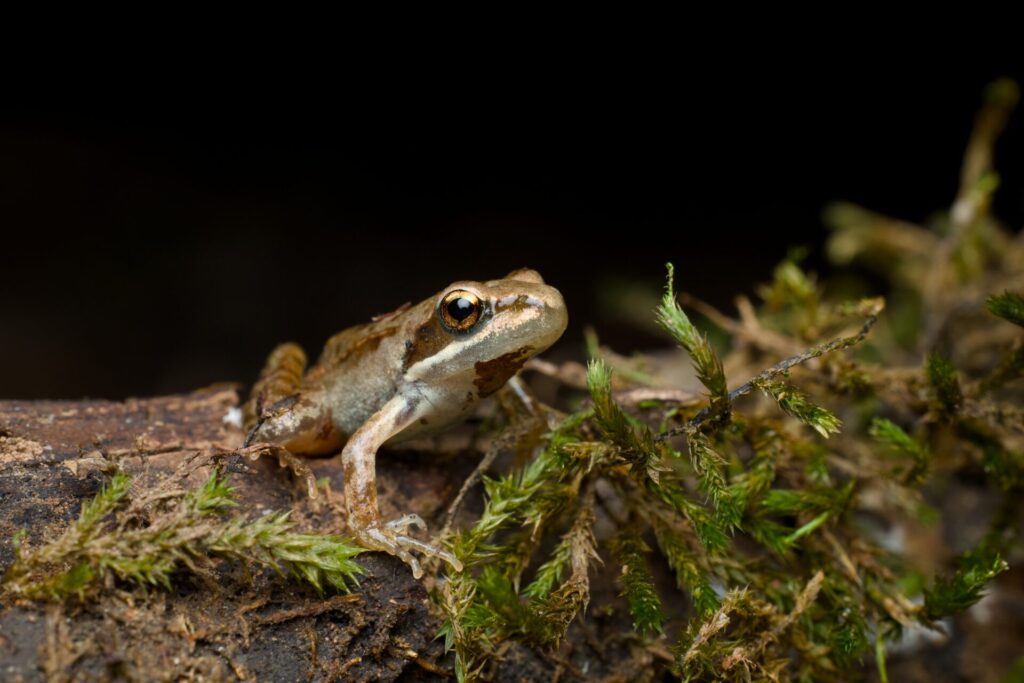
- Oriental Tree Frog (Hyla orientalis)
Mating pairs were heard calling continuously from marshes. Close observation revealed individuals in amplexus.
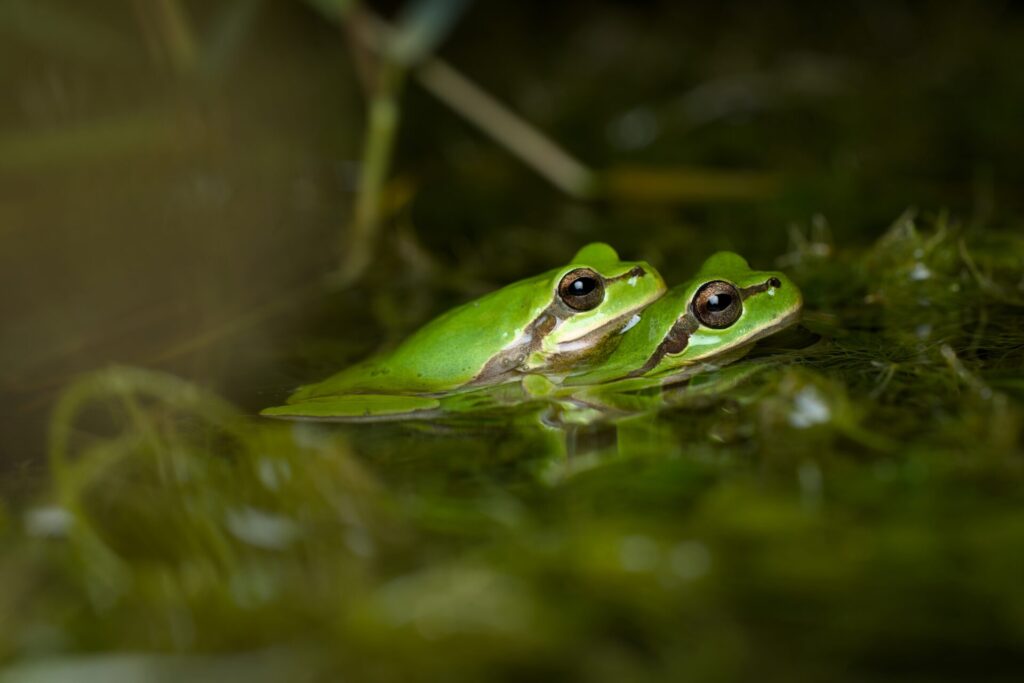
- Persian Marsh Frog (Pelophylax persicus)
A large frog (~10 cm) seen floating among aquatic vegetation. Robust and photogenic.
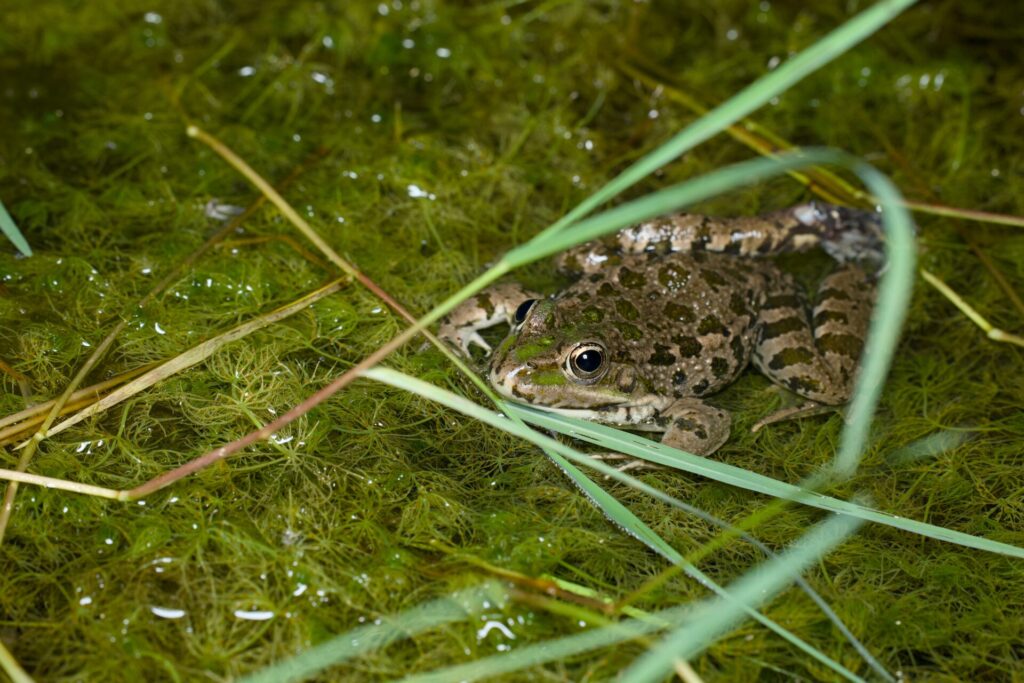
- Ringed Snake (Natrix natrix)
Non-venomous and semi-aquatic. This individual played dead when captured—extending its tongue and going limp—before escaping at high speed when released.
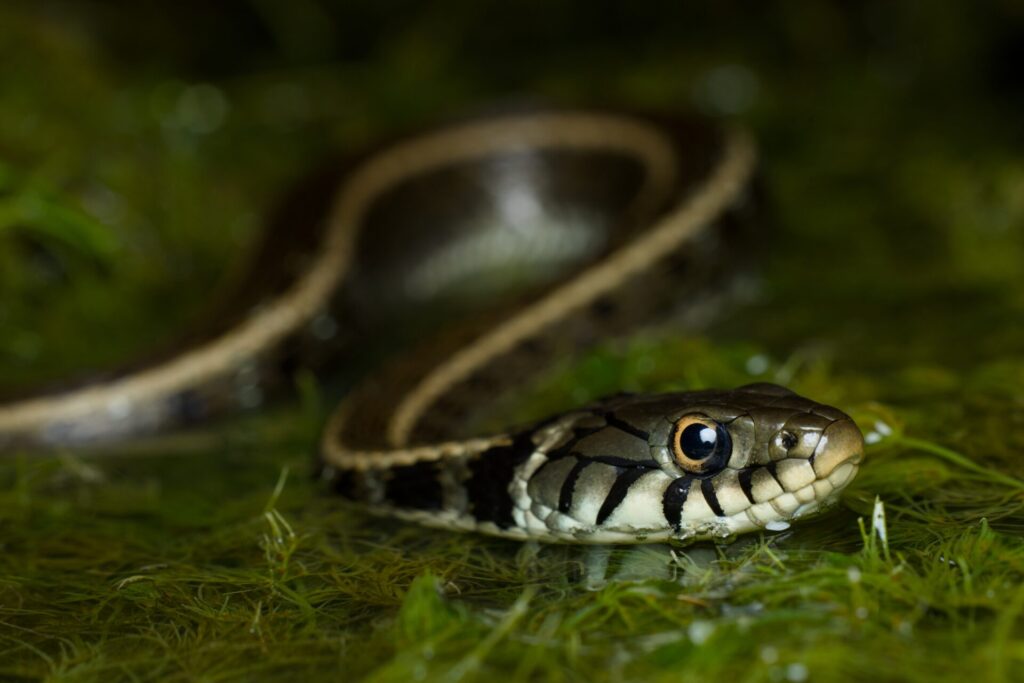
- European Pond Turtle (Emys orbicularis)
Captured and photographed in a pond. Known to switch between diurnal and nocturnal activity depending on seasonal conditions.
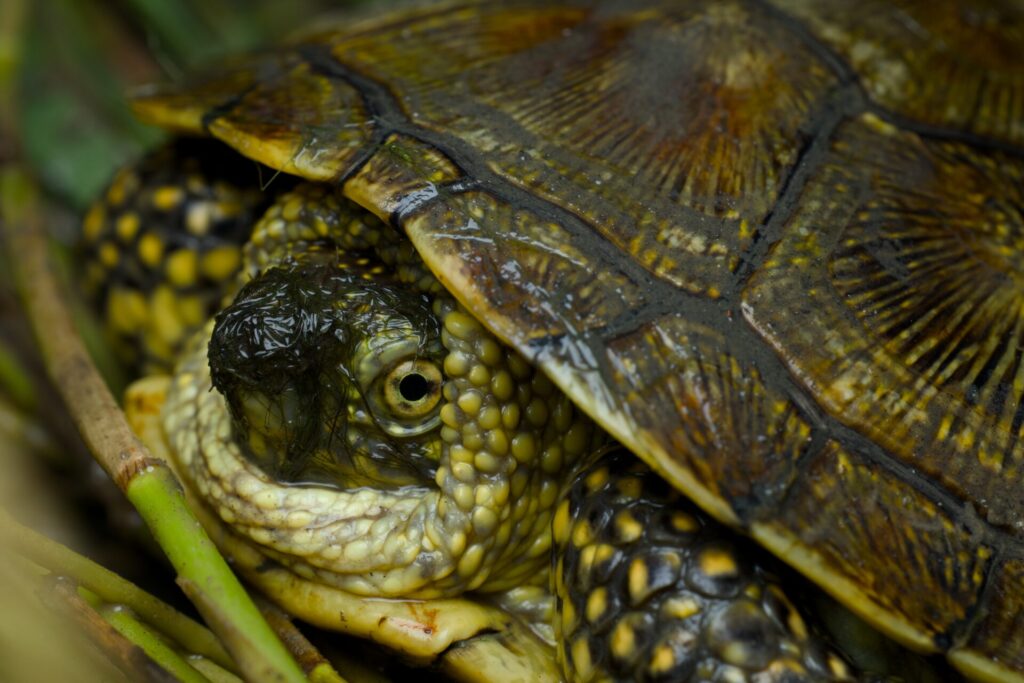
⑤ Other Highlights
- Secret Toad-Headed Agama (Phrynocephalus mystaceus)
This species has large oral flaps on each side of the mouth used in threat displays. When provoked, it opens its mouth wide, appearing much larger. Use caution when handling—it may bite.
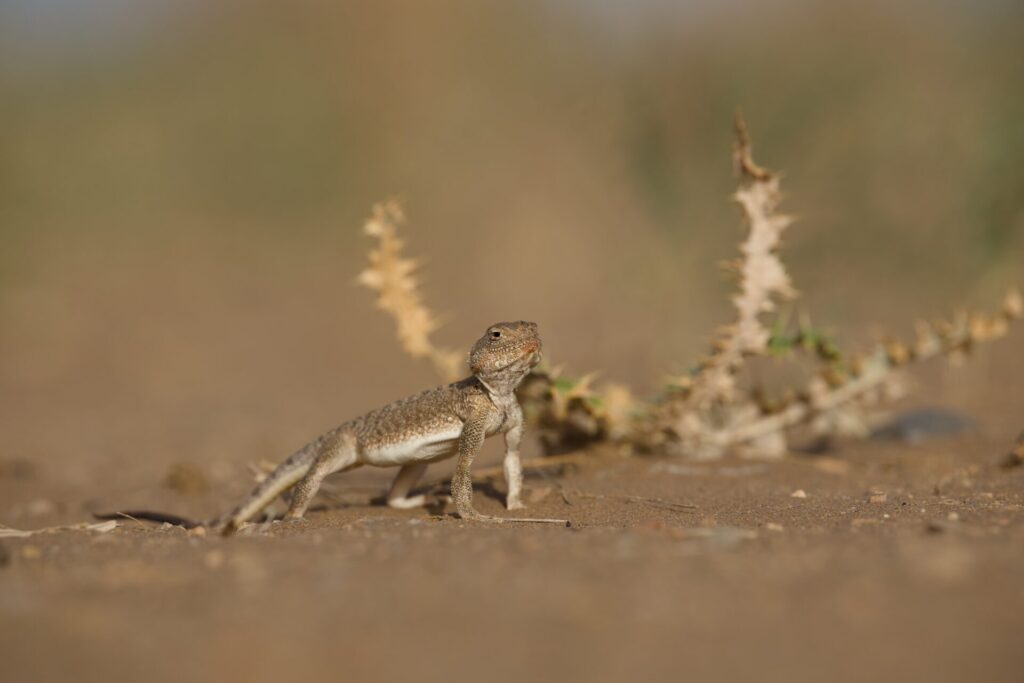
That concludes this overview of reptiles and amphibians observed in Iran. If you’re curious about specific microhabitats, behavior, or photographic conditions, feel free to reach out. I’m happy to provide more details!


